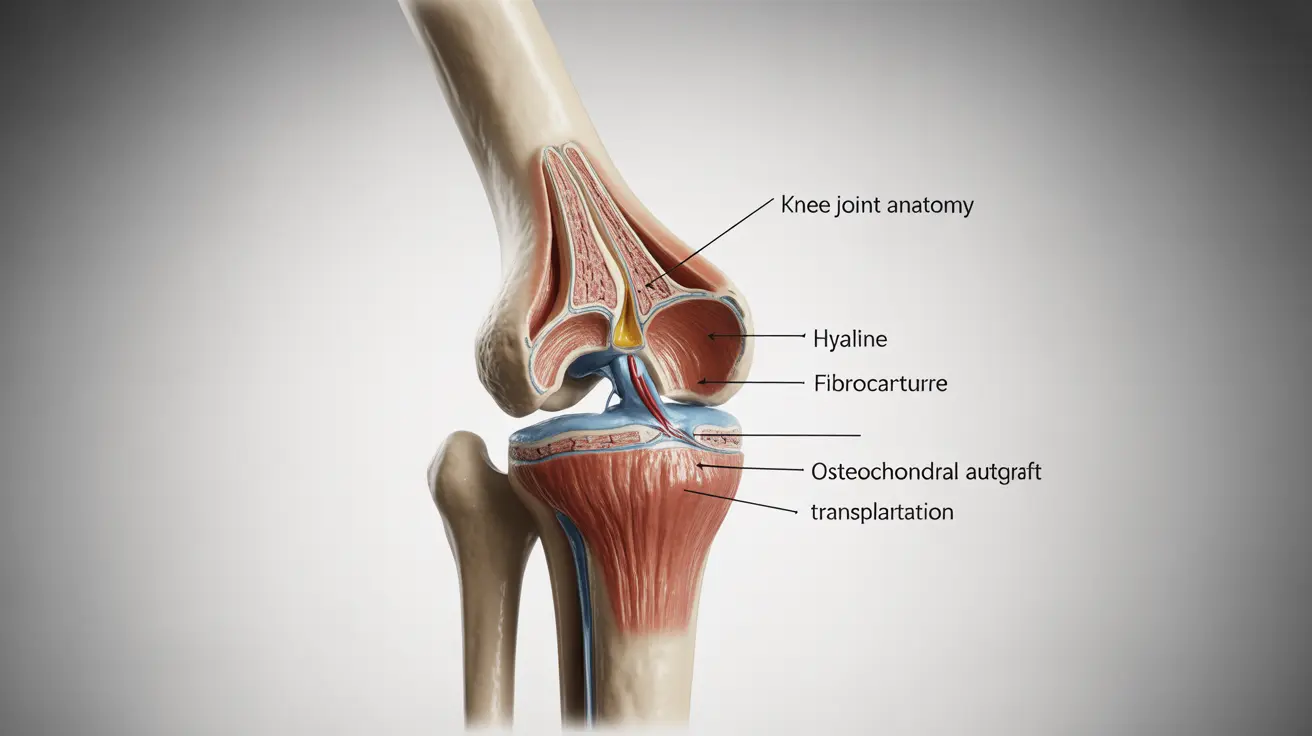Serum urea, also called blood urea nitrogen (BUN) in some tests, measures the amount of urea in the blood. Urea is produced in the liver as a waste product from the breakdown of proteins and is filtered out by the kidneys. The serum urea test helps assess how efficiently the kidneys are removing urea from the bloodstream.
- Normal range: Typically, the reference range for serum urea is between 2.5 and 7.1 mmol/L (or 7 to 20 mg/dL in the U.S.), though these ranges can vary by laboratory.
- High serum urea: Elevated levels may indicate kidney dysfunction, as the kidneys may not be filtering urea efficiently. Conditions such as chronic kidney disease, acute kidney injury, dehydration, and heart failure may lead to higher urea levels. Additionally, a diet rich in protein or gastrointestinal bleeding can also increase serum urea.
- Low serum urea: Low levels may suggest liver disease, as the liver is responsible for producing urea. Malnutrition or a very low-protein diet may also cause lower-than-normal levels of serum urea.
Interpretation of serum urea:
A high serum urea level alone does not confirm kidney disease; it is often used alongside other tests, such as serum creatinine and the estimated glomerular filtration rate (eGFR), for a more comprehensive evaluation. Regular monitoring of urea levels is essential in patients with known kidney problems or those taking medications that can affect kidney function.
Recommended Tests:
- Creatinine Test: Often paired with serum urea to assess kidney function, as creatinine levels provide a more specific indicator of kidney filtration efficiency. Creatinine Test
- Estimated Glomerular Filtration Rate (eGFR): This test estimates how well the kidneys are filtering blood, providing an even clearer picture of kidney health when combined with serum urea and creatinine. eGFR Test




